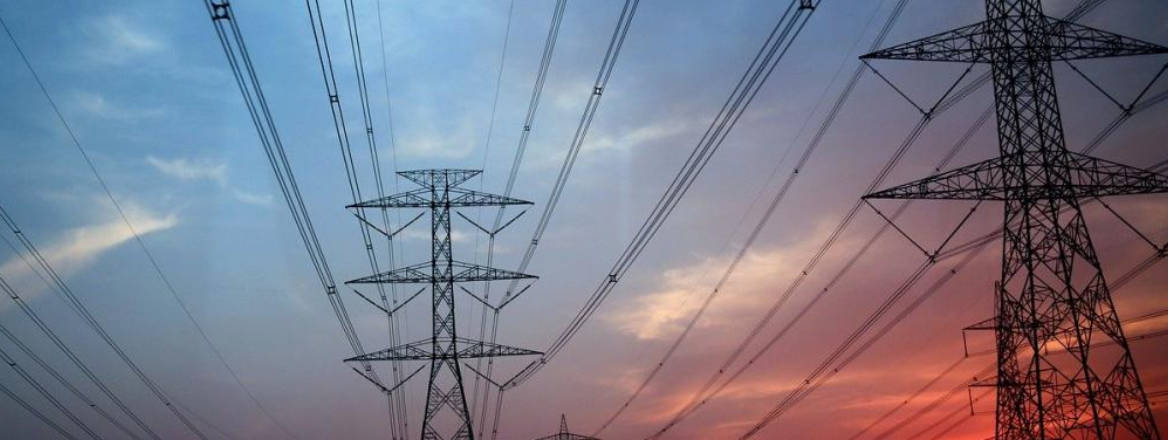Preparing for Greyzone Threats to the Energy Sector
This Occasional Paper analyses state-initiated non-military threats to energy supplies and offers policy recommendations to address vulnerabilities.
Energy is a prerequisite for a functioning society and is critical for all societal and infrastructural services, and military capabilities. Antagonistic non-military threats against a country’s energy supply pose a great challenge to national security.
Recent discussions on hybrid threats and greyzone activities have brought state-initiated antagonistic threats against critical infrastructure into focus in Western democracies, not least non-military energy-related threats. Hybrid and greyzone threats are usually associated with: cyber attacks; political, economic and psychological influences; disinformation and information warfare; infiltration; illegal intelligence gathering; sabotage; and threats and pressures against policymakers and key personnel. Activities related to these threats have been observed in the energy sector.
This paper aims to raise awareness of antagonistic state-initiated non-military energy-related threats, and examines existing knowledge on the vulnerabilities of energy systems. It first examines the energy-related threat spectrum and the prerequisites for staging a threat, and analyses the possibilities for improved security. It concludes with some policy recommendations.
Raising awareness is the first step in the process of improving the protection of energy systems and preparing for encountering non-military energy-related threats. Presumed and confirmed Russian energy-related activities in Ukraine – namely cyber attacks, sabotage, propaganda and political pressure – are used in this paper to illustrate the overall threat spectrum. The examples given involve energy both as a means of antagonism and as a target in the ongoing conflict.
While some antagonistic means, such as cyber methods, seem to only hit some system functionality and have a minor effect on supply security, their purpose might be to create and exploit secondary effects, including those of an economic and psychological nature. A potential aggressor might want to optimise the prospects of successfully using these means of power. Thus, the prerequisites for actually staging a threat or carrying out an attack, in terms of indirect threats, are also relevant. As such, this paper examines preparatory antagonistic actions, namely indirect threats. This examination is inspired by lessons learned from Swedish experiences, based on interviews and consultative workshops with representatives from Swedish energy companies and governmental agencies.
Countermeasures, strategies and policy for improved security are needed. The conditions for policymaking, however, need to be understood – not least the market conditions limiting the possibilities for the implementation of policy and the fact that private energy companies’ core business duty is not national security. A necessary foundation for policy impact and effective strategies is improved system resilience in general. Resilience, in terms of increased robustness and improved ability to re-establish operations when something goes wrong, can contribute to deterring antagonistic behaviour and raise the threshold for attacks.
Moreover, the energy sector is currently undergoing a great transformation, driven by new technological opportunities and environmental and climate policies, entailing more renewable energy sources, electrification and decentralised smart grids, among others. Future energy supply systems can be designed to become at least as secure as today’s systems. Security concerns and thorough risk analyses, including the antagonistic perspective, must, however, be given a prominent place in the ongoing energy transition.
The paper concludes with policy recommendations to prepare for future threats. Antagonistic non-military threats should primarily be met with non-military countermeasures. Private sector energy actors play a central role when it comes to system security in general and detecting threats in particular. Policy should, among other things, aim for generating favourable conditions and incentives for energy sector actors to participate in and contribute to the development of strategies on how to counter antagonistic non-military threats. Policy should also promote in-depth collaboration between intelligence and security services, and civil authorities and private actors, to increase the ability to detect and identify threats and raise awareness of antagonistic non-military threats among private energy industry actors.
Ministries and governmental agencies responsible for, or associated with, national security, defence and security of supply issues need to address the vulnerabilities of critical infrastructure by way of increased knowledge on specific sectors, systems and actors, rather than a unilateral focus on overall principles of crisis management. Policymakers should strive to create favourable conditions for flexible crisis preparedness by removing obsolete legal obstacles and administrative burdens. There is also reason to believe that there is a need to redefine what should be considered ‘worthy of protection’.

